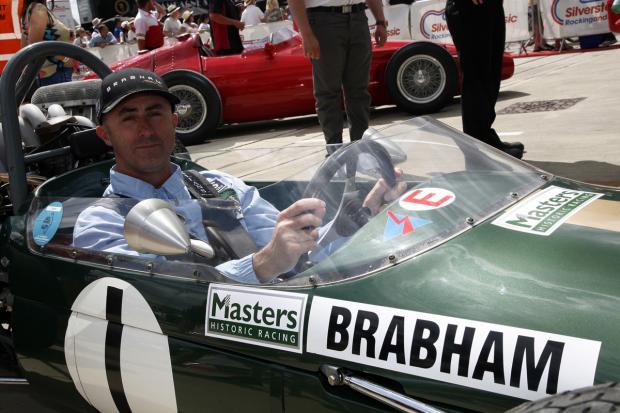
David Brabham’s decision to follow his illustrious father in a career as a racing driver brought its own pressure and expectation, but you’ve probably seen the news that the former Le Mans winner and Grand Prix driver is going a step further by bringing back the family team.
The new Brabham will be a very different entity to the outfit that Sir Jack formed in the 1960s. He and Denny Hulme won consecutive F1 world championships in ’66 and ’67 respectively. After Jack’s retirement in 1970, Ron Tauranac briefly took charge before being bought out by Bernie Ecclestone. He then steered Brabham to further success, bringing designer Gordon Murray and driver Nelson Piquet on board – the latter winning the title in 1981 and ’83.
Ecclestone sold the team in 1988, and it carried on in various forms until 1992. The first task for David was therefore to bring everything back under family control, which turned out not to be the work of a moment.
“It was about nine years ago that I started looking ahead,” he says. “I thought: ‘In 10 years’ time, I’ll be 50. What will I do after driving? What’s my motivation going to be?’”

“I said to Dad: ‘We’ve got this name but don’t do anything with it.’ I knew nothing about trademarks, so I started looking at it and it turned out that Dad had a few ‘holes’ in his trademarks. We closed those up, but the ideas stopped there because we had to get the name back.”




